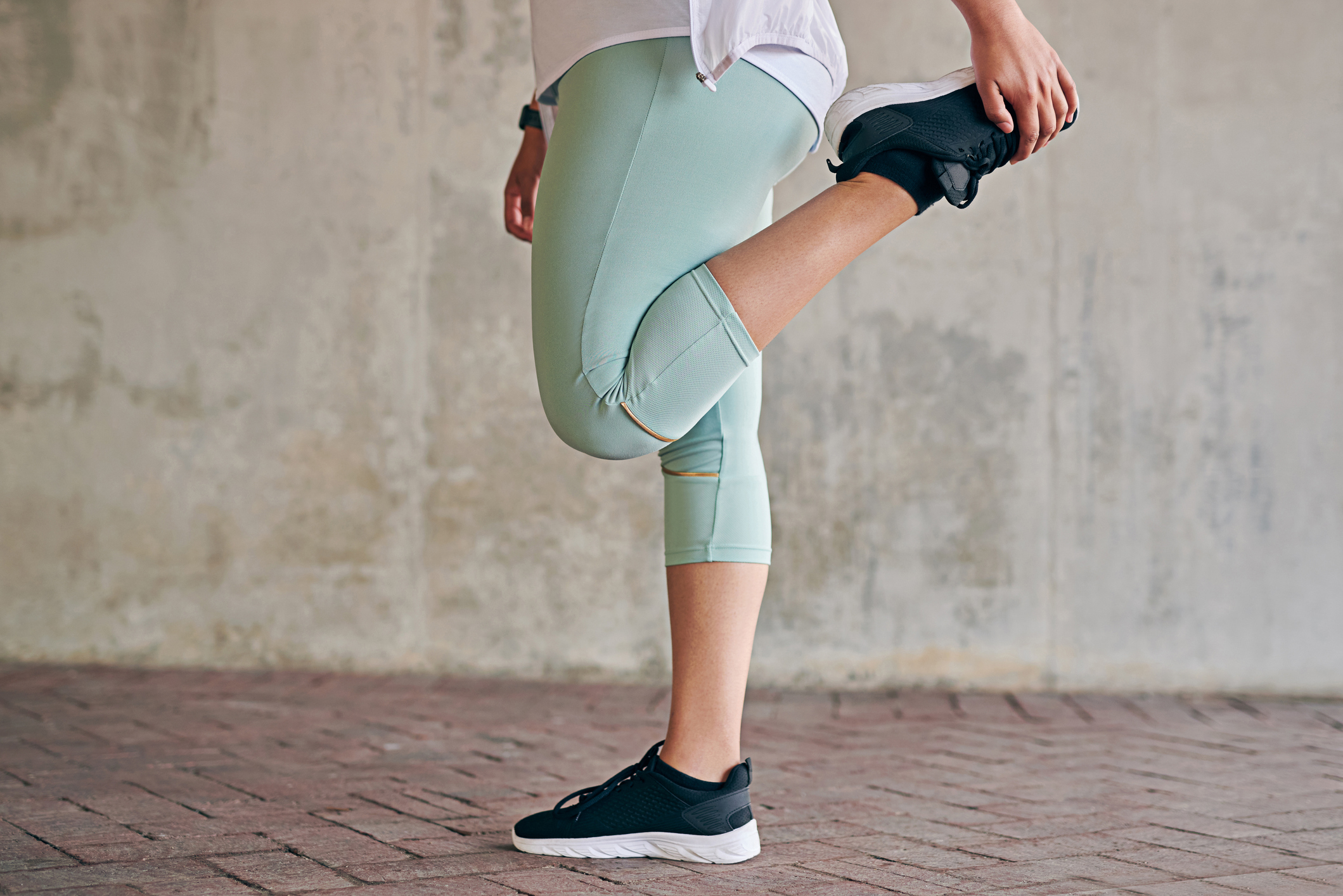

In the eternal quest to slow aging, researchers have given us a few things of note, including how to gauge if our biological age is older or younger than the age our driver’s licenses indicate.
It’s information that can let you know if your aging is accelerated and currently headed towards earlier-than-usual functional decline and chronic disease (and need to change your ways) — or if you’ve nailed down healthy living so well that your norm is much younger than your peers.
A few clues about how that’s going can be measured by assessing grip strength, walking speed and gait.
But a Mayo Clinic study has demonstrated a test they say is a more telltale measure of how fast we’re aging than any of those…
How long can you stand on one leg?
In their study, forty healthy, independent people over 50 underwent walking, balance, grip strength and knee strength tests. Half of the participants were under 65, while the other half were 65 and older.
A custom-made device was used to measure grip. To measure knee strength, participants were in a seated position and were asked to extend their knees as forcefully as possible.
To assess gait, participants walked back and forth on a level walkway at their own pace.
Grip strength decreased at a faster rate than knee strength, making it a better predictor of aging than other strength measures.
But none of these were as accurate a predictor of aging as balance.
Poor balance really shows how fast you’re aging
To test balance, participants were asked to stand in a few different situations:
- On both feet with eyes open
- On both feet with eyes closed
- On their non-dominant leg with eyes open
- On their dominant leg with eyes open
They tried to stand in each of these positions for thirty seconds.
Standing on one leg — specifically the nondominant leg — revealed the highest rate of decline with age.
So, if you’re 50 or over, or are experiencing balance issues like I am, it’s time to take control.
How to improve your balance
I wrote about a previous study that also produced compelling evidence that poor balance is a sure sign of a shorter life. This study gave more insight into why that is…
“Balance is an important measure because, in addition to muscle strength, it requires input from vision, the vestibular system and the somatosensory systems,” says Kenton Kaufman, Ph.D., senior author of the study and director of the Motion Analysis Laboratory at Mayo Clinic.
“Changes in balance are noteworthy. If you have poor balance, you’re at risk of falling, whether or not you’re moving. Falls are a severe health risk with serious consequences.”
Dr. Kaufman says people can take steps to train their balance. For example, by standing on one leg, you can train yourself to coordinate your muscle and vestibular responses to maintain correct balance. If you can stand on one leg for 30 seconds, you are doing well, he says.
Here are a few other ways to get better balance…
Tai Chi. Studies show that the gentle, meditative movements of tai chi can help older adults improve balance. A good tai chi teacher can show you the precise movements that will offer you more stability.
Heel-to-toe walk. Here’s one you can do on your own. Walk slowly in a straight line, touching your heel to the opposite foot’s toe as you go. Go about 20 paces, using a wall for support if you feel unsteady.
Toe stand. Also known as heel raises, this exercise can strengthen your calf and ankle muscles. With feet shoulder-width apart, raise up on your tiptoes and hold there for one second before lowering. Repeat these 10 to 15 times.
Don’t wait to get started. Dr. Kaufman added“If you don’t use it, you lose it. If you use it, you maintain it.”
Sources:
What standing on one leg can tell you: Biological age — Science Daily
Age-related changes in gait, balance, and strength parameters: A cross-sectional study — PLOS One

